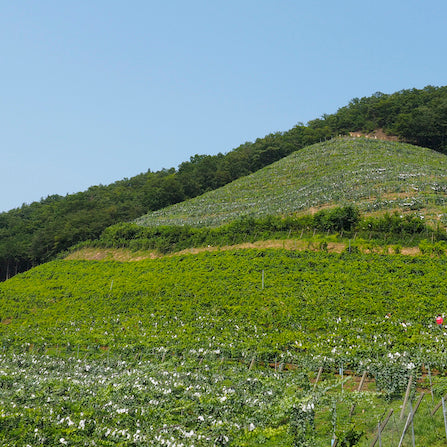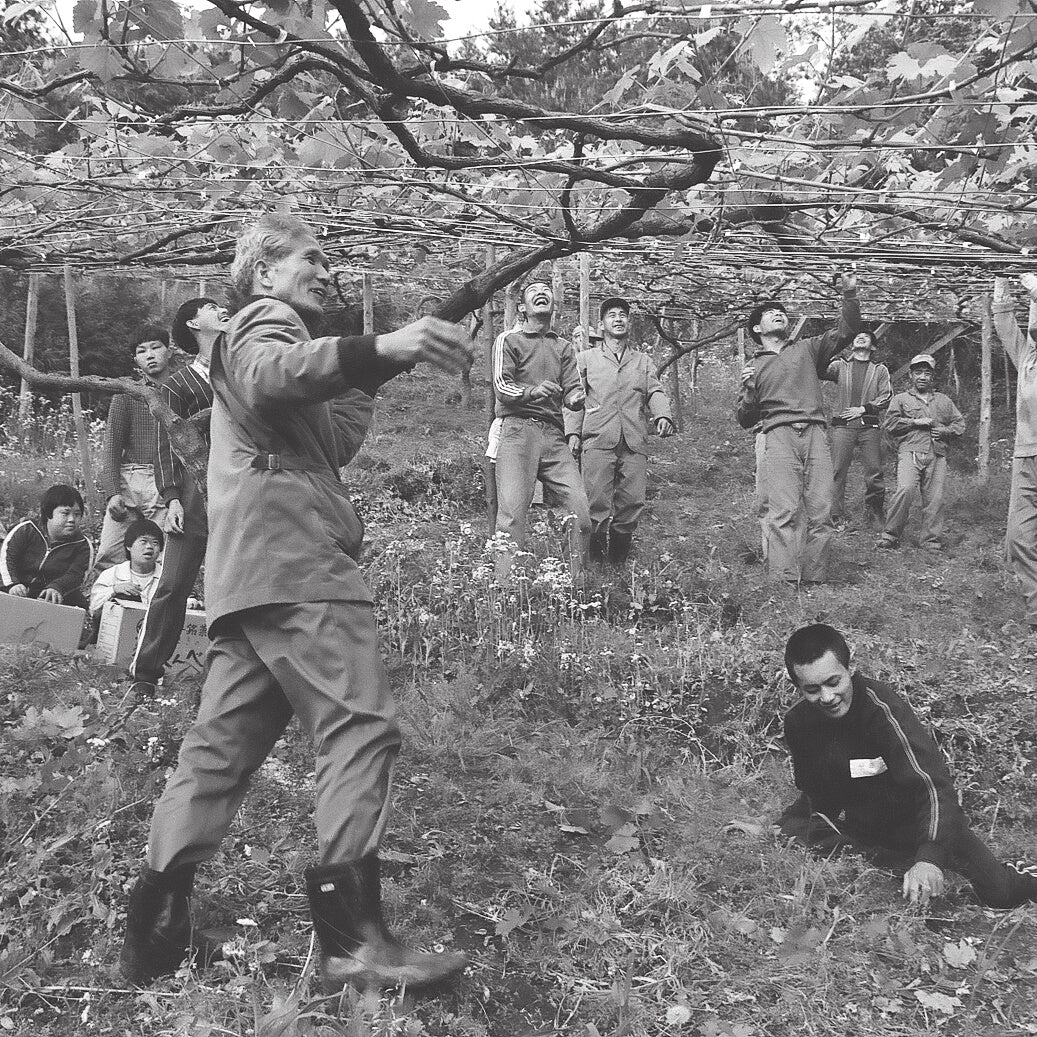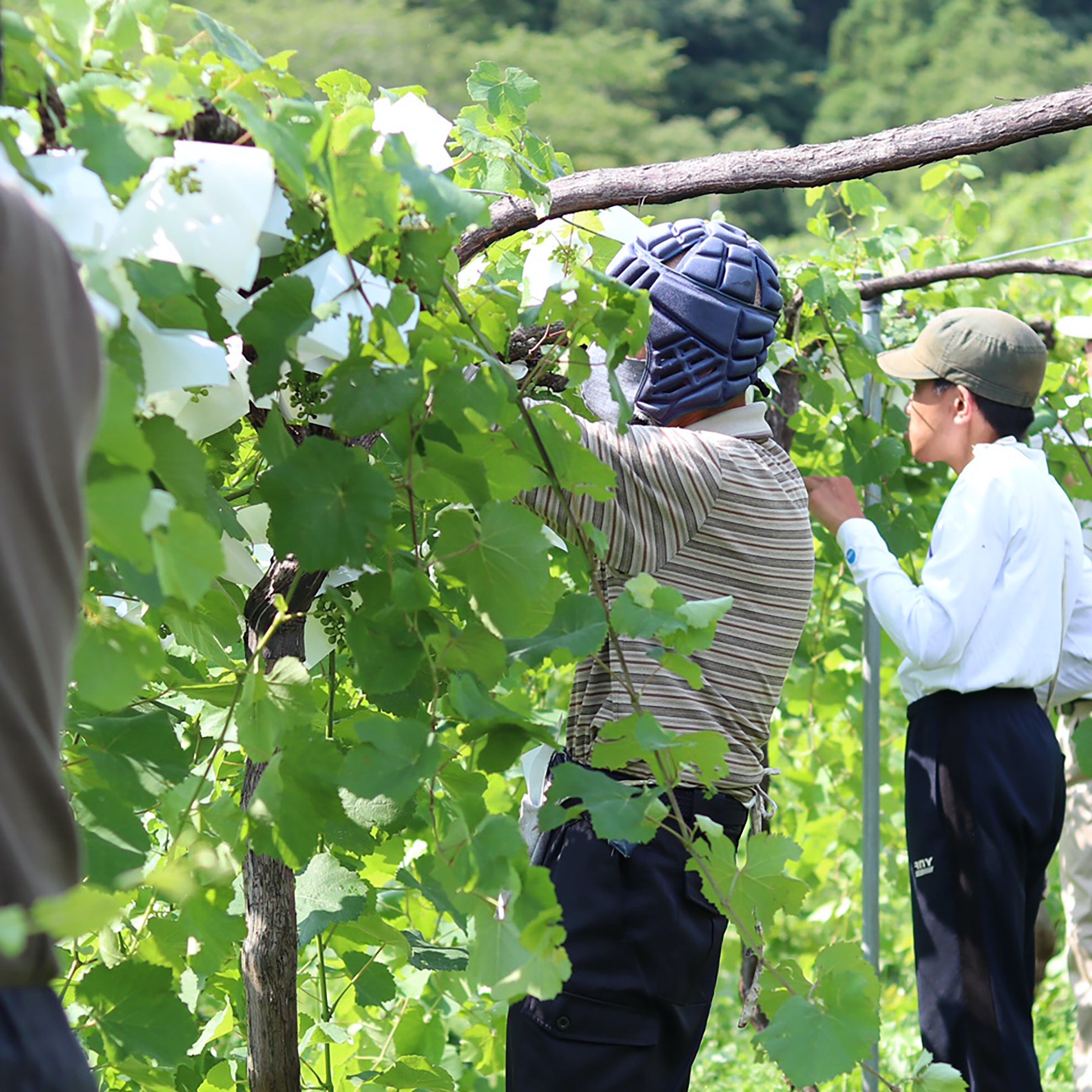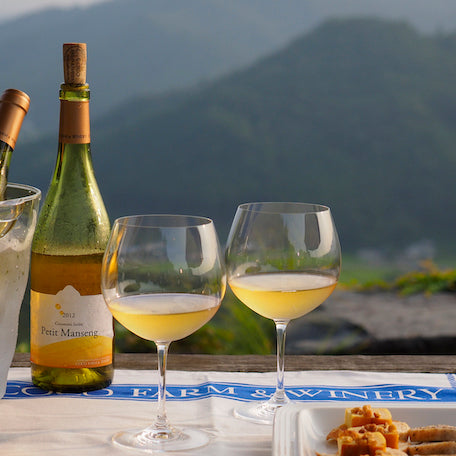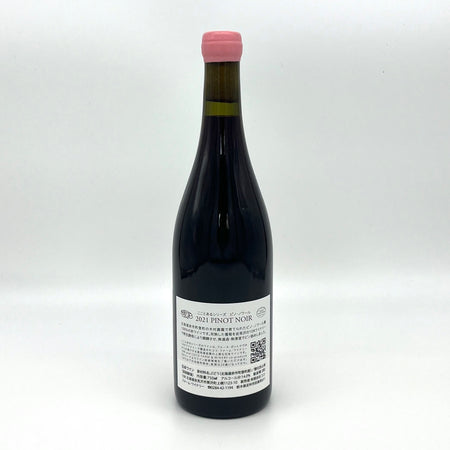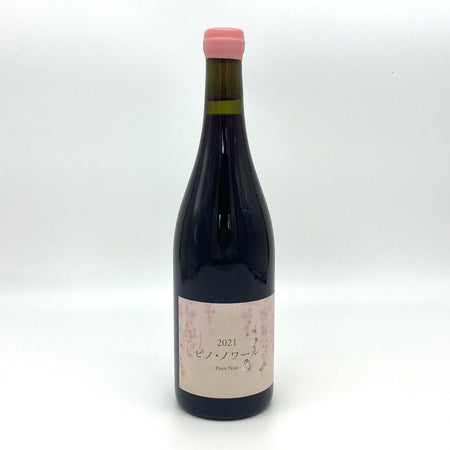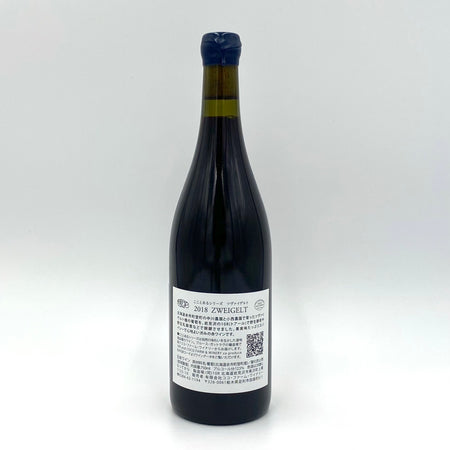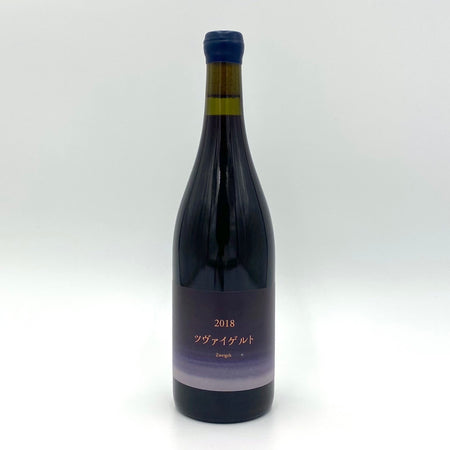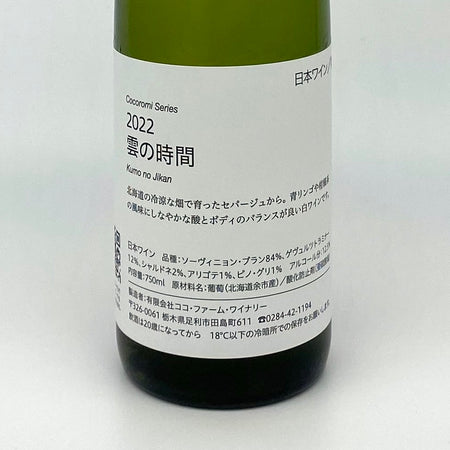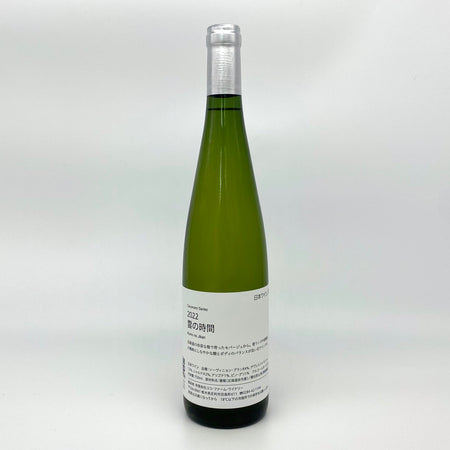COCO FARM & WINERY
Ashikaga, Tochigi
The Beginning of a Remarkable Journey

The story of COCO FARM & WINERY, based in Ashikaga City in Tochigi Prefecture, begins in 1958, when a group of local junior high school students and their teacher, Noboru Kawada, carved out vineyards on a steep hillside near their school. The students had intellectual disabilities, yet their determination to “cultivate a vineyard with their own hands” combined with Kawada’s passion gave life to a small plot of land—one that would grow into a remarkable story in the decades to come.
In 1969, Kokoromi Gakuen, a welfare facility for adults with intellectual disabilities, was established at the foot of the vineyard. Since then, the care of the vines and the day-to-day agricultural work have been carried out collaboratively by the residents and staff. Working closely with nature has become an essential part of nurturing both their skills and their sense of purpose.
As the idea of making wine from their grapes grew stronger, the school—being a social welfare corporation—was unable to obtain a licence for winemaking. In response, Kawada and a group of supporters founded COCO FARM & WINERY Ltd. in 1980. The winery was granted its licence in 1984, and winemaking finally began.
A Winemaking Philosophy Shaped by Bruce Gutlove and Noboru Kawada
A central figure in the winery’s history is Bruce Gutlove, who continues to serve as a director today. Formerly a wine consultant in California, he came to Japan in 1989 at Kawada’s invitation to join COCO FARM & WINERY’s winemaking team.
Bruce and Kawada shared two core principles:
- Never compromise on quality simply because the wine is made by people with disabilities.
- Who makes the wine does not matter—what matters is doing one’s utmost to create the very best wine.
These values form the heart of the winery’s philosophy, carried on to this day through a deep respect for nature, genuine appreciation for the people who work there, and the pursuit of excellent wine through joyful, wholehearted effort.
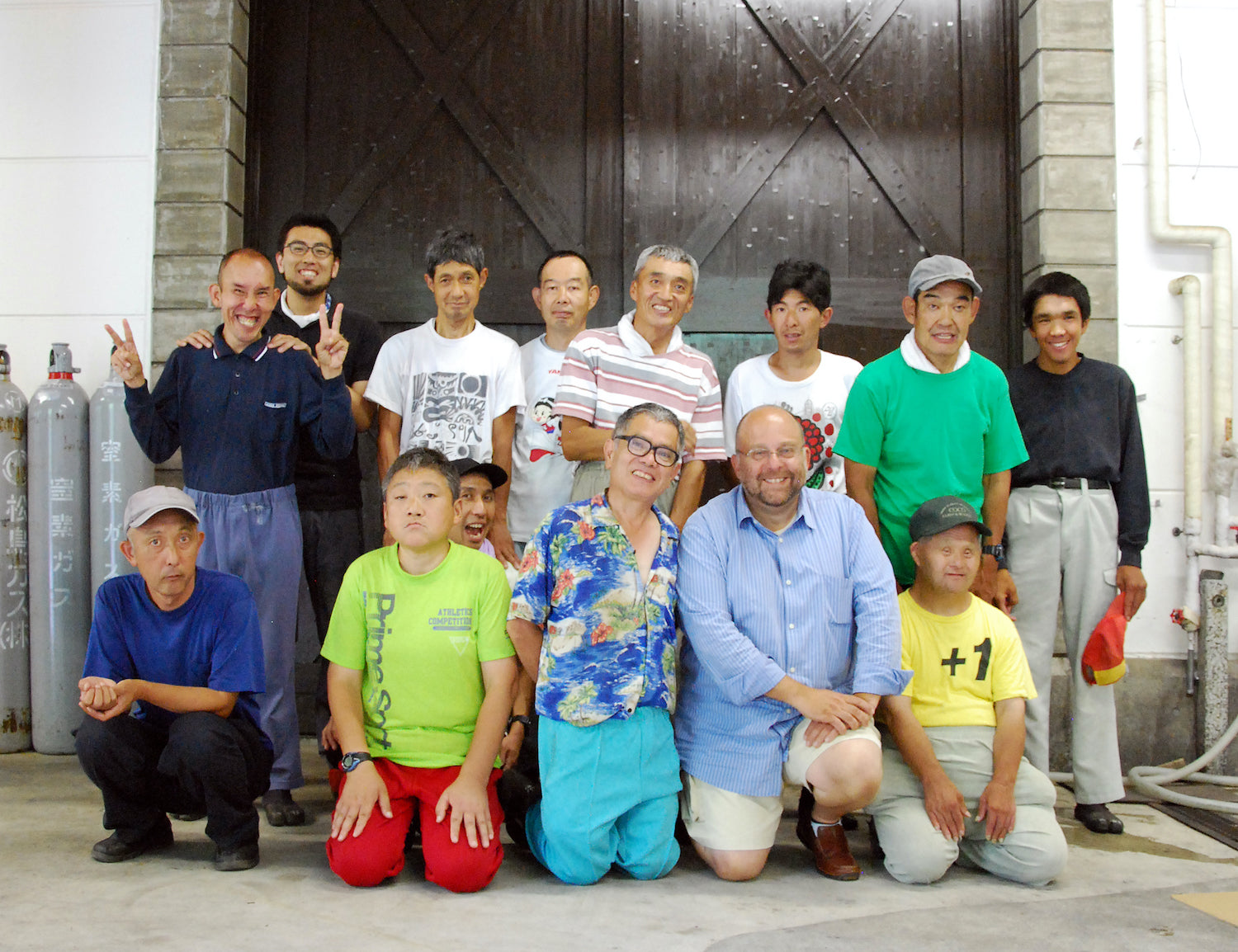
Their dedication has borne fruit: wines from COCO FARM & WINERY have been served at major international occasions, including the 2000 Kyushu–Okinawa G8 Summit, the 2017 welcome dinner for UK Prime Minister Theresa May, and the 2019 luncheon at the Apostolic Nunciature in Japan
Today, Hideki Ishii, Head of Viticulture, and Toyoichiro Shibata, Head Winemaker, lead the winery’s work alongside the residents of Kokoromi Gakuen, tending the vineyards and wines with great care.
Grapes Rooted in Jurassic Bedrock
The winery’s own vineyards are located across Ashikaga and neighbouring Sano, at elevations of 50–200 metres—around 6 hectares in total. In recent years, cultivation and contracted growing have expanded to regions such as Hokkaido and Yamagata, meaning the winery now draws from vineyards across Japan.
The steep hillside vineyards of Ashikaga are known for their distinctive geology, shaped by Jurassic-era bedrock. Beneath 20–100 cm of loam mixed with clastic rocks, chert, basalt and mélange, the vines extend their roots deep into fissures within the ancient rock. This unique soil profile imparts a depth and complexity found nowhere else, giving COCO FARM & WINERY’s wines their unmistakable character.
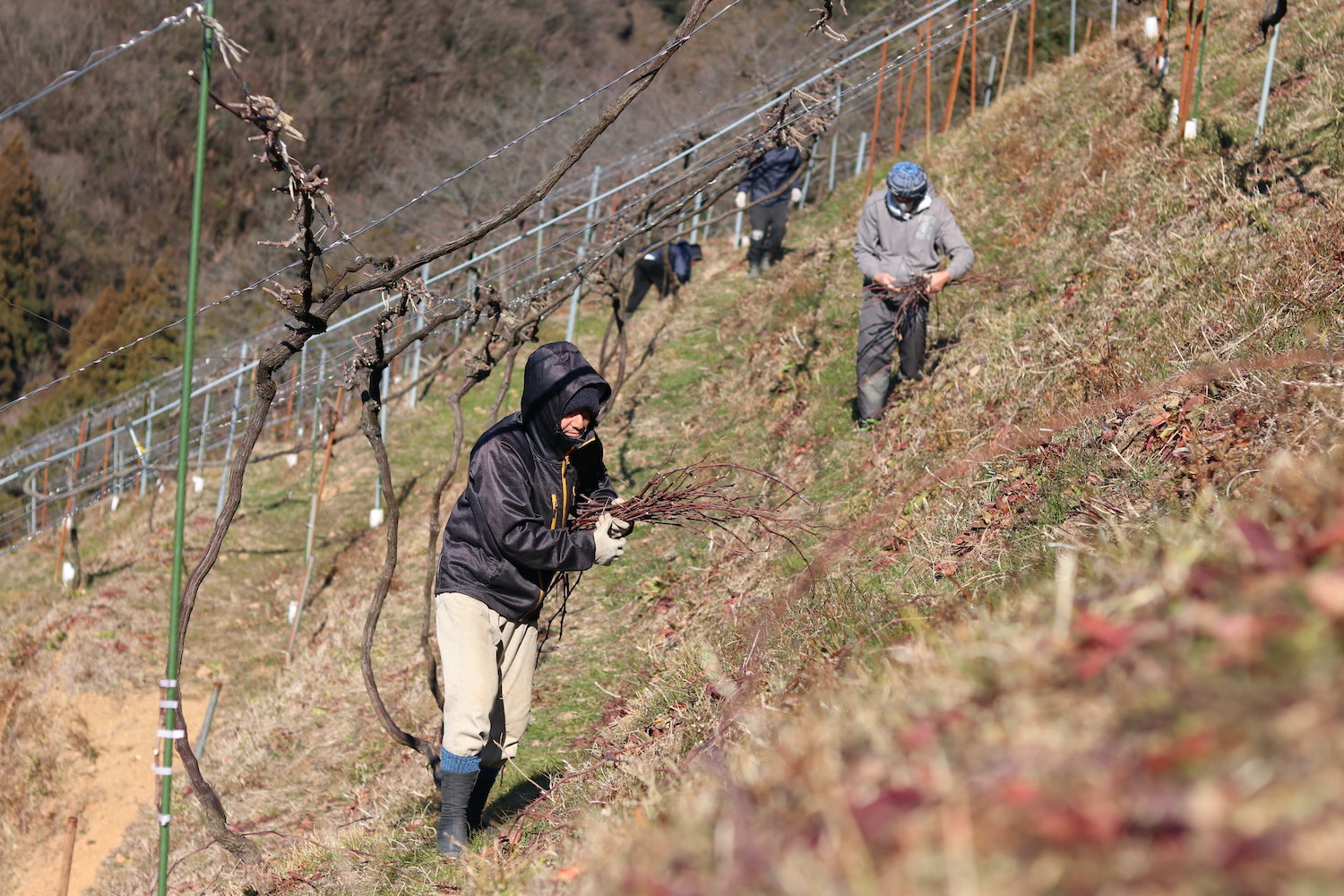
With slopes averaging 38 degrees and reaching as steep as 42 degrees, the vineyards offer excellent drainage and ample sunlight, yet are too steep for vehicles. As a result, every task must be carried out by hand. Residents and staff pick insects one by one, wipe diseased leaves, and place protective caps on each bunch. This meticulous handwork is at the core of the winery’s quality.
The estate vineyards host a diverse range of varieties: Muscat Bailey A, Riesling Lion and Shokoshi, which are native to Japan, as well as Petit Manseng, Norton, Tannat, Vignoles, Albariño and others from around the world.
In addition, COCO FARM & WINERY works with dedicated contract growers across Hokkaido, Yamagata, Nagano, Yamanashi, Gunma, Saitama and Tochigi, using only 100% Japanese-grown grapes.
Wines Guided by Wild Yeasts – A Gentle, Natural Approach
In the cellar, fermentation is entrusted to wild yeasts and wild lactic acid bacteria. Rather than relying on cultured yeasts, the winemakers aim to respect the natural expression of the grapes—allowing each vintage to speak for itself.
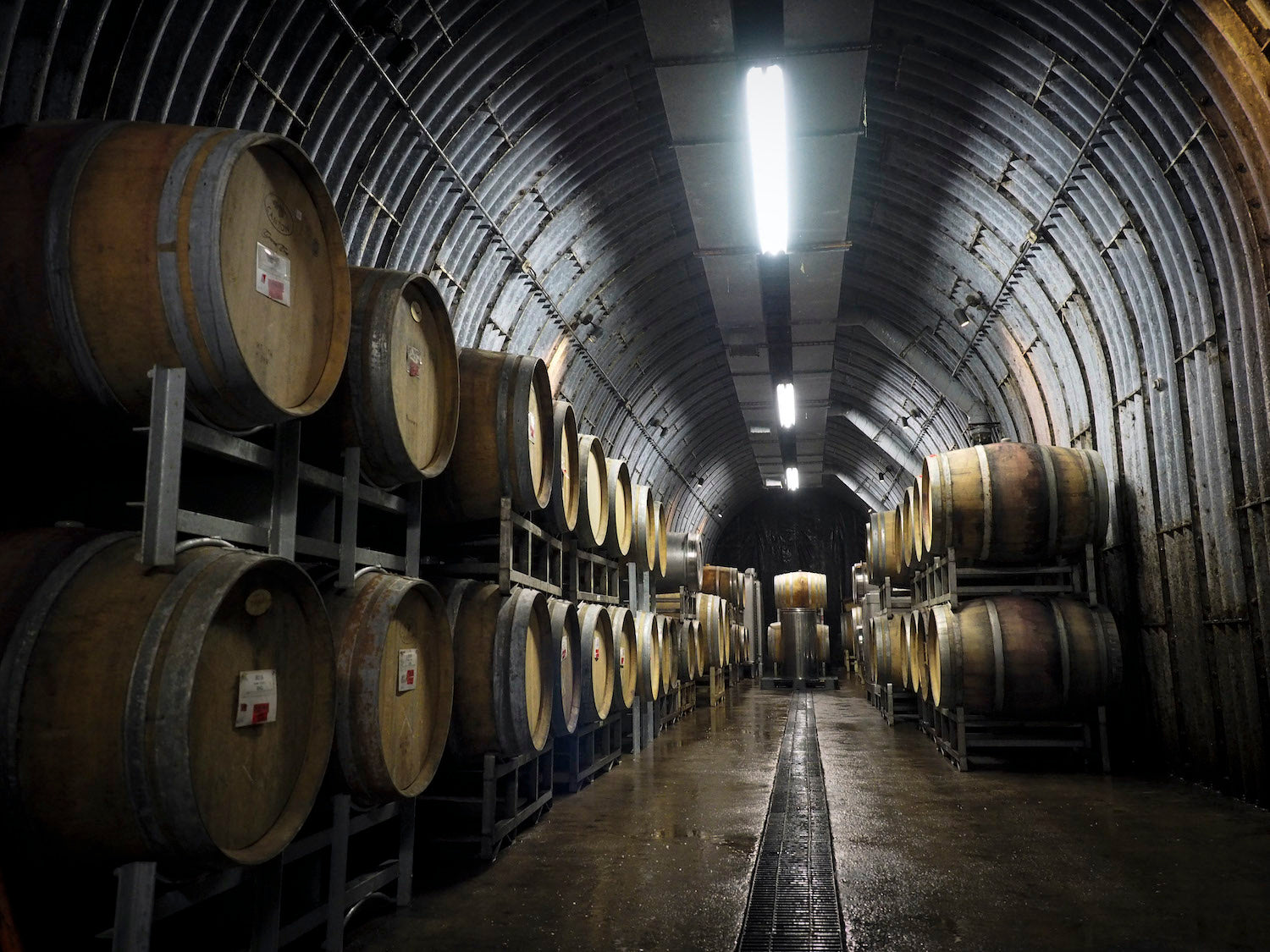
Nouveau wines, harvested in August, are bottled within a couple of months.
Some wines ferment slowly and continue until the following spring.
Malolactic fermentation often proceeds naturally, guided by wild lactic acid bacteria.
Certain wines rest for extended ageing in barrels within the underground cellar carved into the hillside.
The winery’s facilities also embody its philosophy of living harmoniously with nature: wood-burning stoves fuelled by thinned forest wood and pruned grape canes, hand-pump wells in the vineyards, solar power generation, and the reuse of grape skins and seeds.
The words of founder Noboru Kawada continue to guide the winery’s ethos:
“Put all your strength into something that will ultimately disappear.”
Wine vanishes once it is drunk, just as meals disappear once eaten. Precisely because these moments are fleeting, every effort should be made to give one’s very best. It is from this belief that the wines of COCO FARM & WINERY are born.

